
Knitting Patterns: Charted vs. Written Instructions – Which is Best for You?
When it comes to complex knitting patterns and techniques like cables or lace, choosing the right format can make all the difference in your knitting experience. If you don't already have a preference and know what works for you, you may want to take the advice from a well-known knitting instructor, Patty Lyons.
Patty suggests selecting knitting patterns that include both written and charted instructions—especially for intricate designs. This combination allows you to choose the format that best suits your style, enhancing both understanding and enjoyment.
Chart Knitting Example
Charted instructions are particularly helpful for visual learners - here are three reasons you might choose to knit from a chart:
-
Visual Clarity of Knitting Techniques:
Chart knitting gives a clear, visual representation of the stitch pattern, making it easier to see which stitches go where.
-
Better for Complex Knitting Patterns:
For complicated lace designs, charts allow you to visualize the structure of the lace more easily than written instructions, which might involve many lines of text.
-
Ideal for Double-Checking Knitting Stitches:
If you make a mistake, a chart can make it easier to locate where you went wrong, as you can visually check the knitting chart rather than reading through potentially long written instructions.
Here's an example of a simple and straightforward charted lace knitting pattern:


Written Knitting Patterns
On the other hand, written instructions are ideal for those who prefer to follow step-by-step written guidance, with less reliance on visuals. Here are three reasons you might prefer following written knitting patterns when knitting lace or cables:
-
Better for Beginner Knitters:
For knitters who are new to reading knitting charts or just starting with lace, written instructions are straightforward and don't require you to learn a whole new language of symbols. For instance, charts are read differently if you're knitting in the round versus knitting flat and if you aren't aware of this it will affect the outcome of your design. And, using a knitting pattern with a chart and written instructions can help you learn how to read a chart, if that's something you'd like to do. -
Helpful for Simple Knitting Patterns:
For simple lace designs that don't have many repeats or intricate motifs, written instructions can be just as effective, or even preferable, because they are clear and to the point. -
Easier for Unconventional or Custom Knitting Patterns:
Some lace patterns don't lend themselves well to knitting charts, particularly if the lace has irregular shaping or involves a lot of special knitting stitches with in-depth instructions. Written instructions can more easily handle these complexities without the constraints of a knitting chart.
Here is the same lace chart as above, in written knitting pattern format:


The Final Stitch: Choosing Knitting Patterns That Support All Skill Levels
Having both options in a knitting pattern ensures flexibility, allowing you to switch between the two if needed.
An example of a pattern that includes both is the Serenity Wrap, which is a fantastic knitting kit for knitters looking to expand their skills and experiment with different knitting pattern formats.
Whether you're a beginner knitter or an experienced pro, using both a knitting chart and written instructions can make intricate designs like lace easier to follow and more enjoyable to create. Learning the basics of how to read a chart really expands your ability to approach any knitting pattern with confidence!
You can see examples of knitting kits we carry that are both written and charted below.
Oh - if you'd like to ask more questions about charted vs. written knitting patterns, hop on one of our virtual Knitting Connections and we're happy to dive into it more. Learn how to join here.

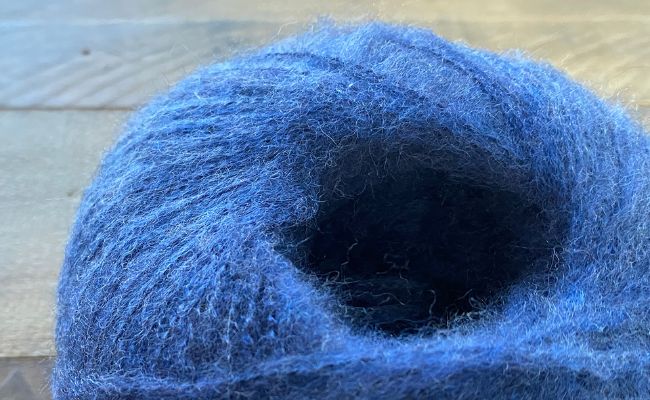
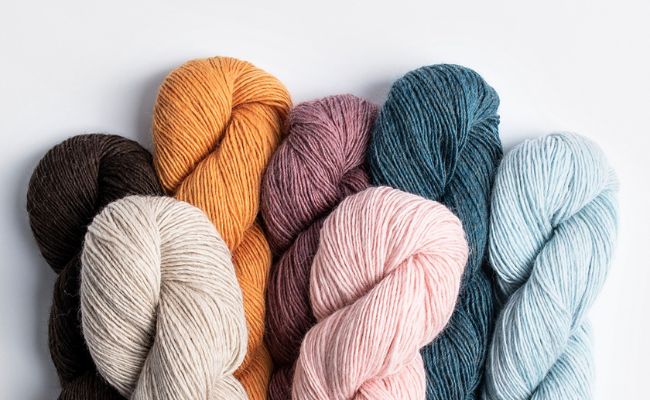
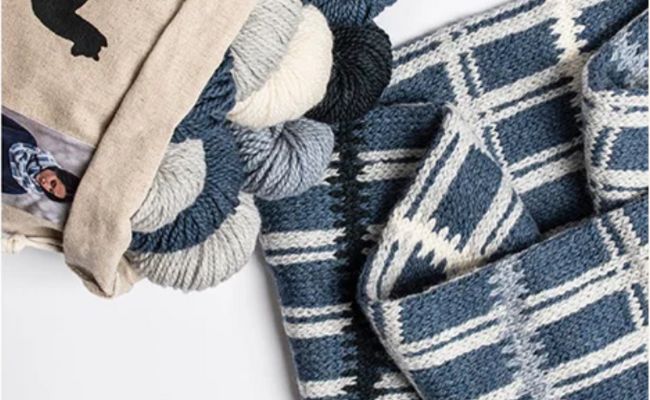
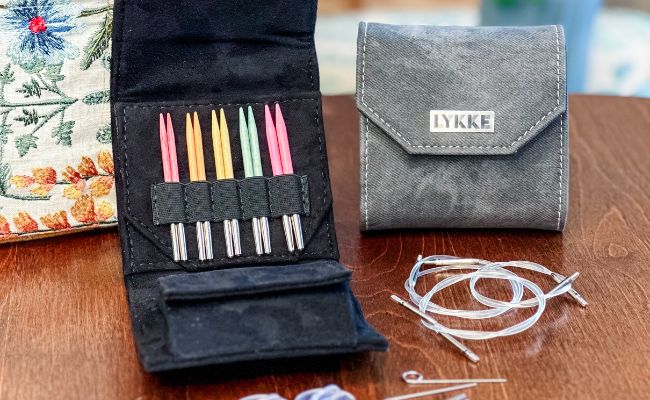
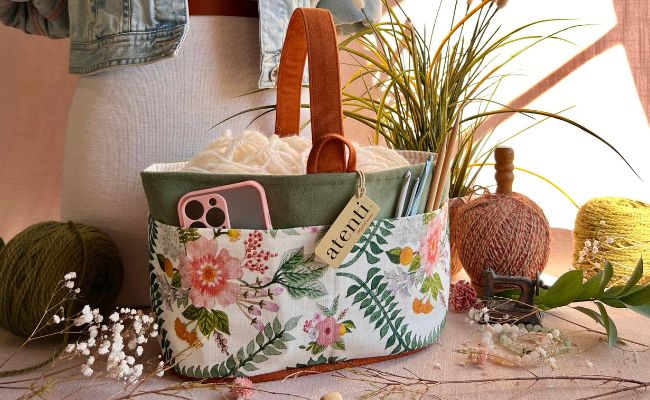

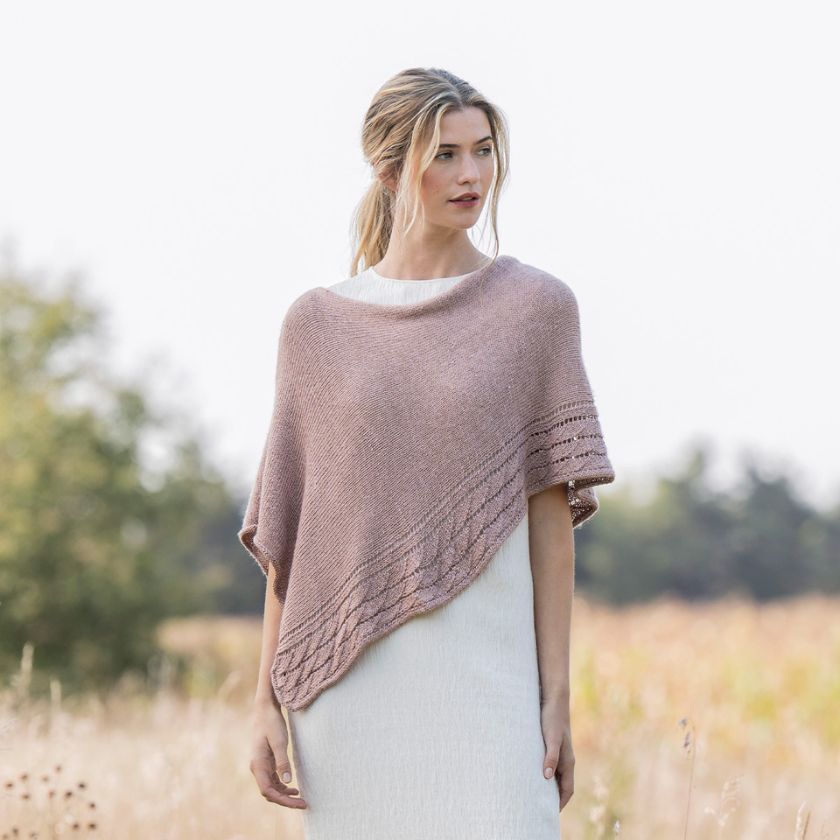
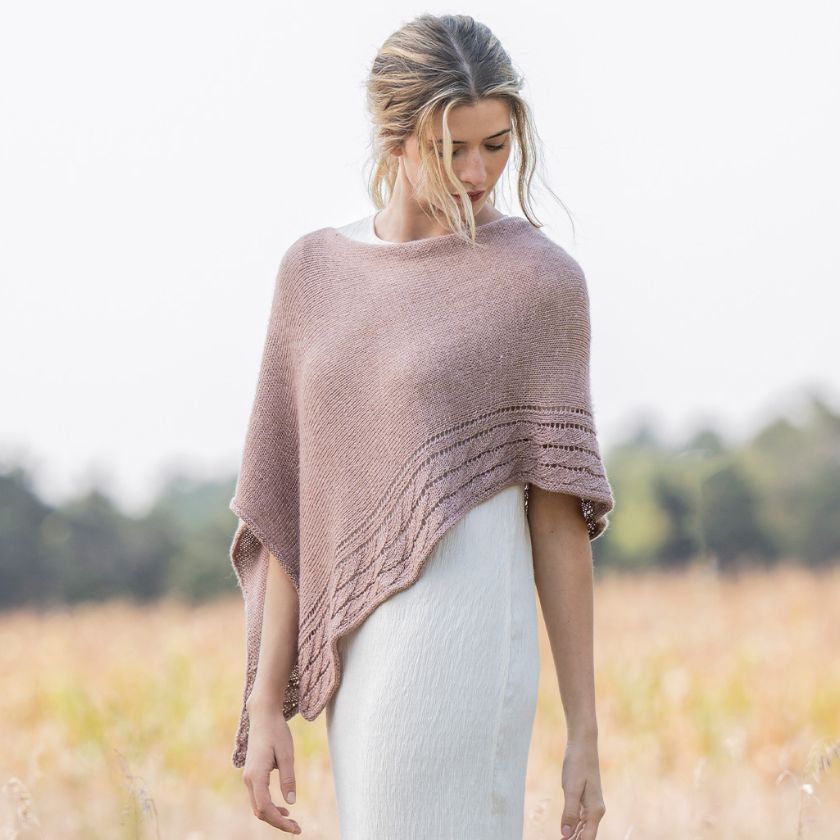
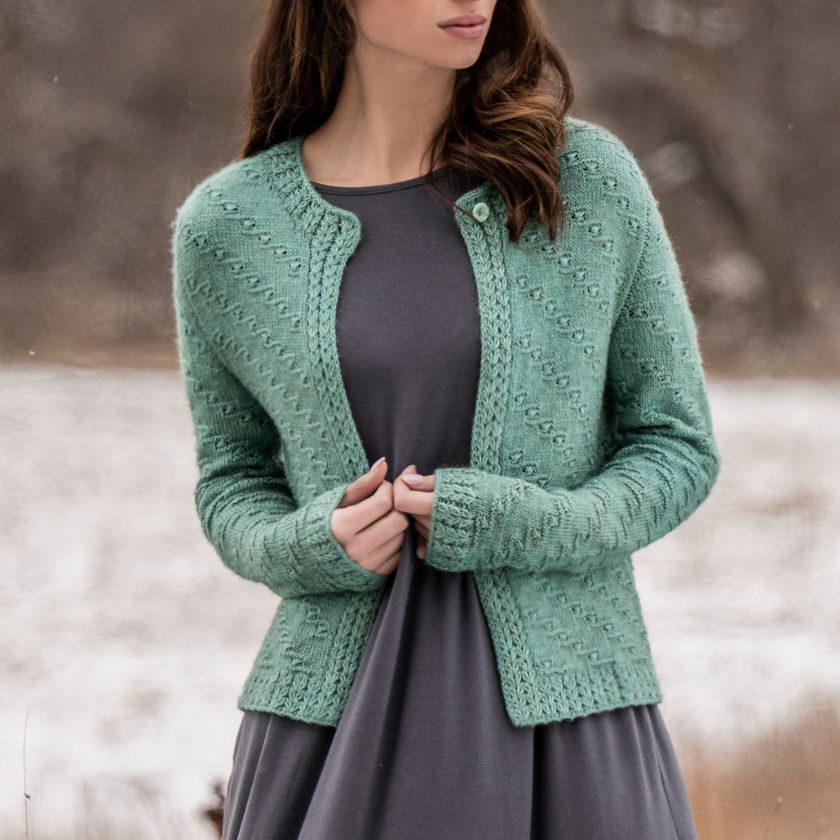
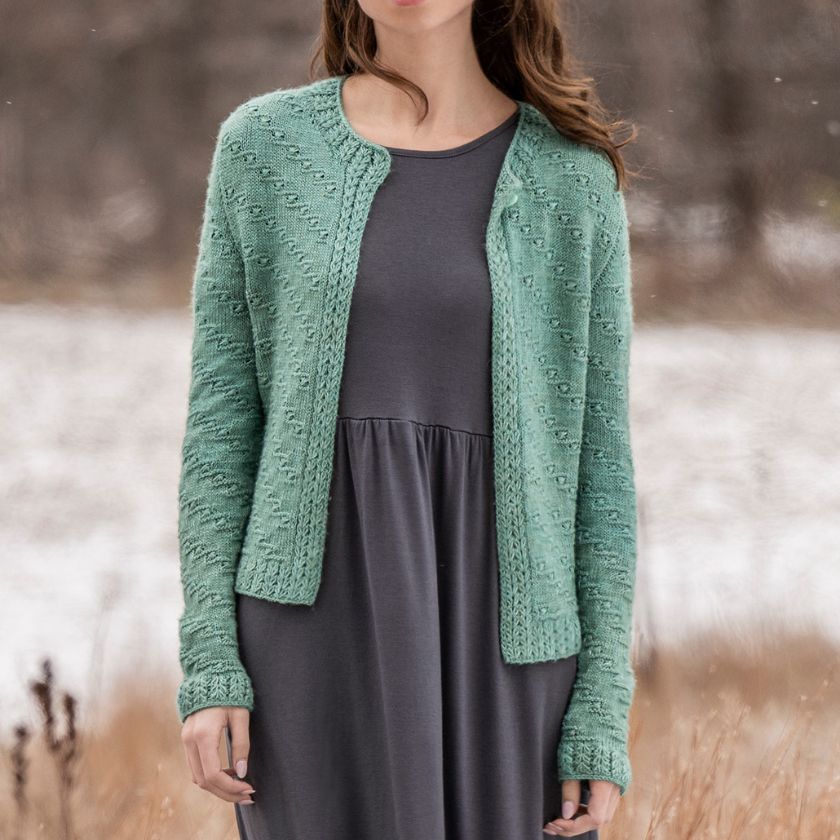


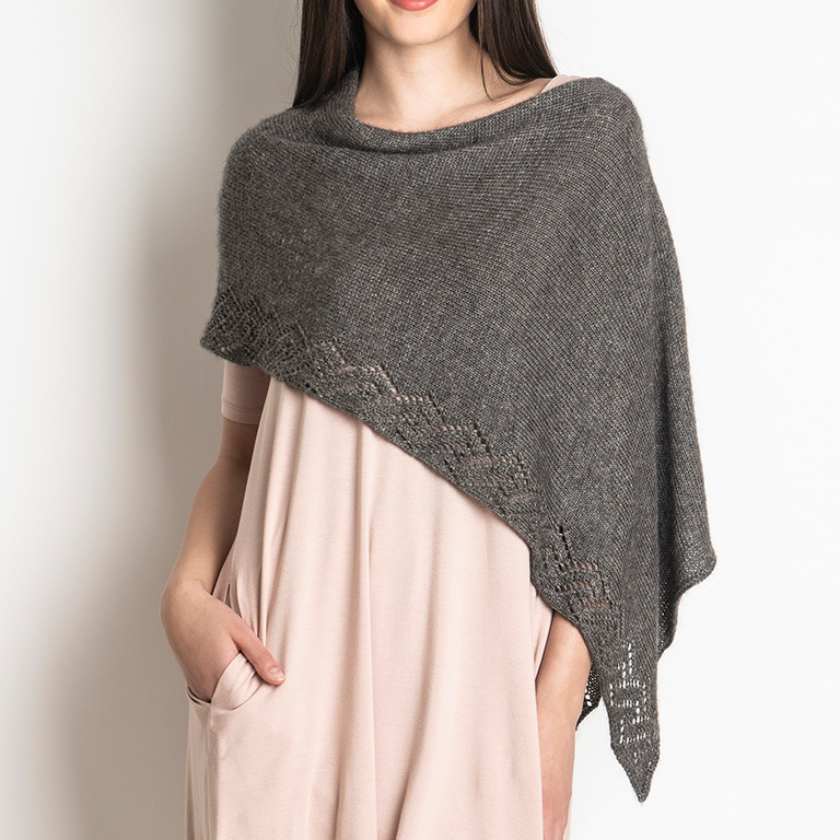
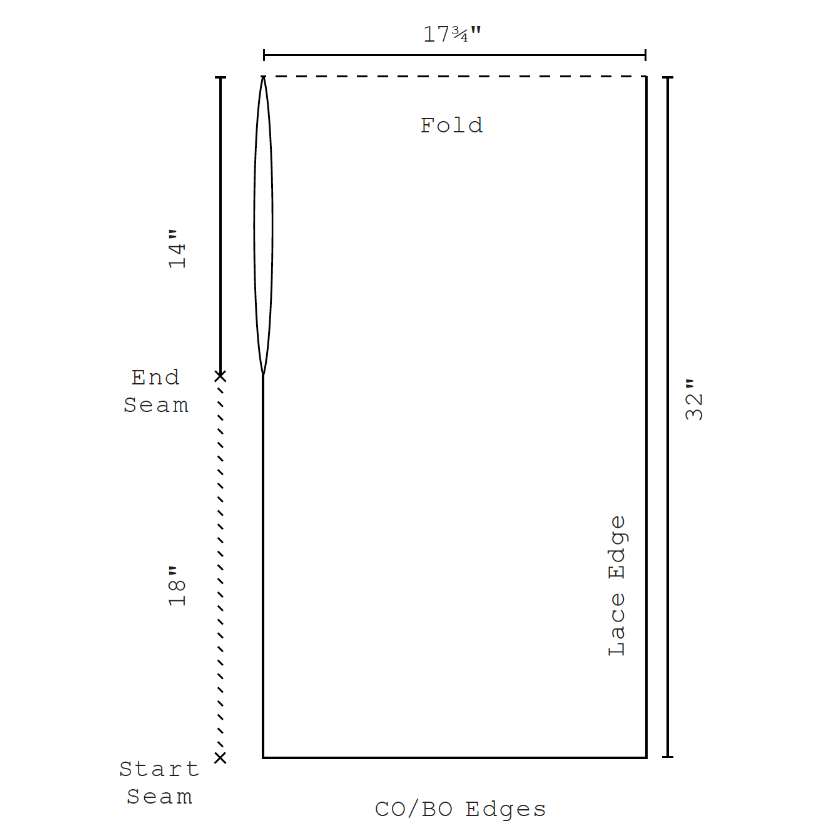

Leave a comment
This site is protected by hCaptcha and the hCaptcha Privacy Policy and Terms of Service apply.